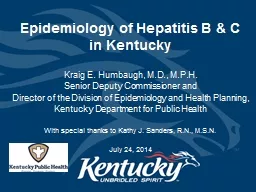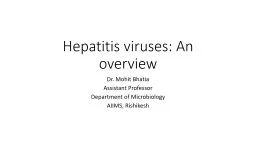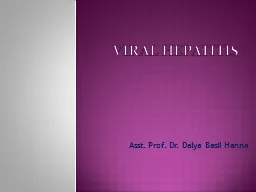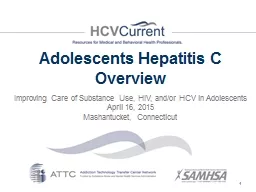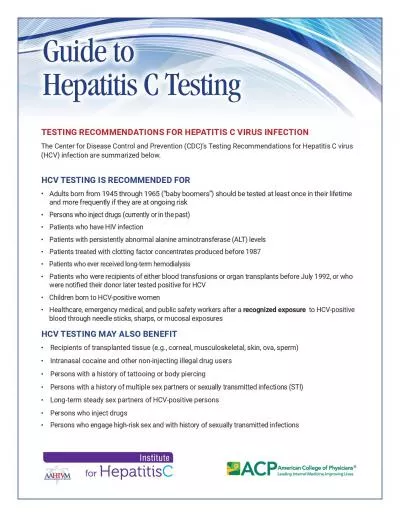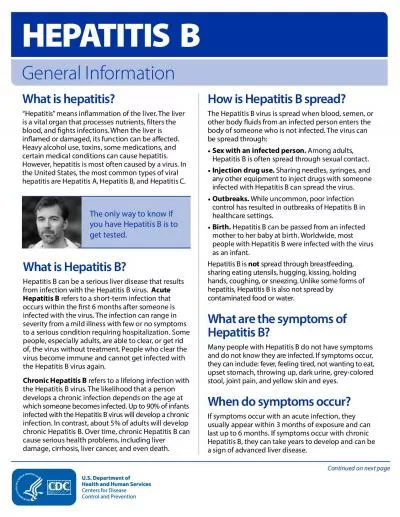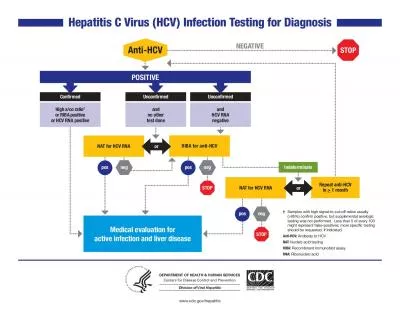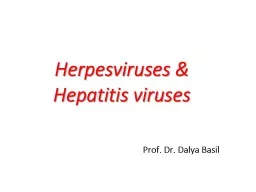PPT-Hepatitis C Virus HCV Family
Author : jacey | Published Date : 2024-03-13
Flaviviridae Genera Hepacivirus Enveloped virion Nucleocapsid ss RNA It has no virion polymerase Six genotypes HCV genotypes The genetic variability
Presentation Embed Code
Download Presentation
Download Presentation The PPT/PDF document "Hepatitis C Virus HCV Family" is the property of its rightful owner. Permission is granted to download and print the materials on this website for personal, non-commercial use only, and to display it on your personal computer provided you do not modify the materials and that you retain all copyright notices contained in the materials. By downloading content from our website, you accept the terms of this agreement.
Hepatitis C Virus HCV Family: Transcript
Download Rules Of Document
"Hepatitis C Virus HCV Family"The content belongs to its owner. You may download and print it for personal use, without modification, and keep all copyright notices. By downloading, you agree to these terms.
Related Documents

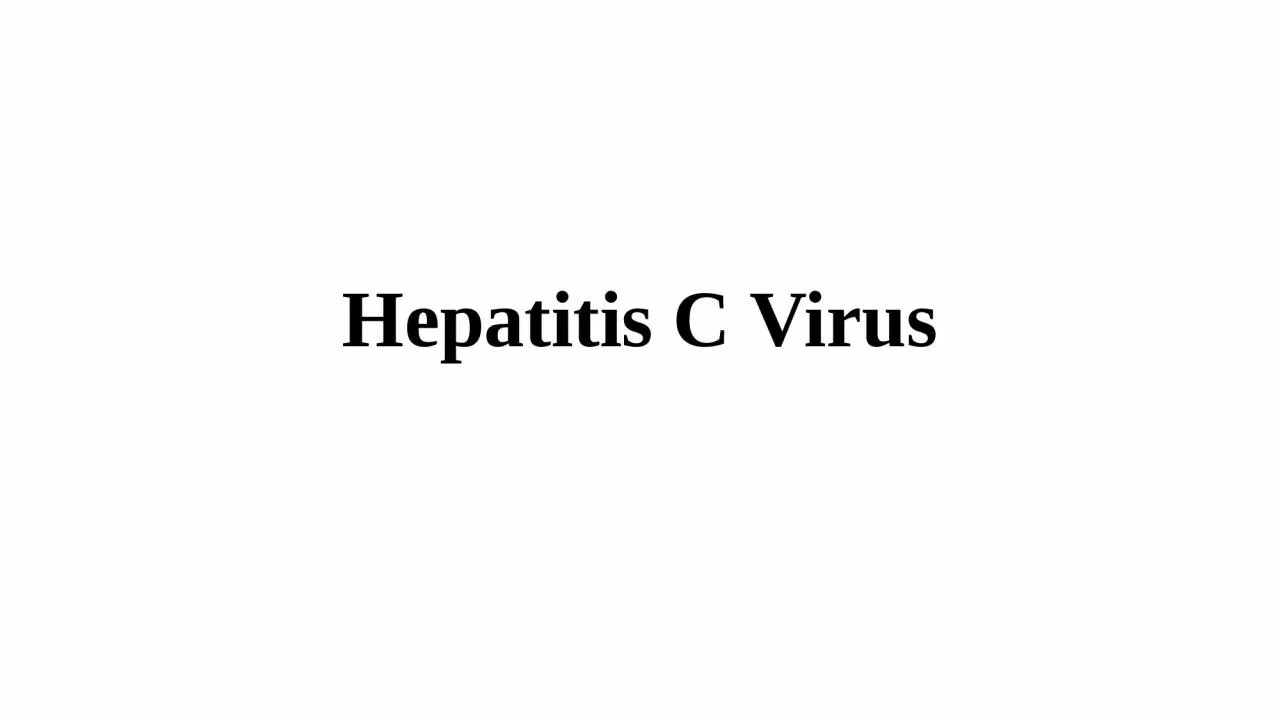
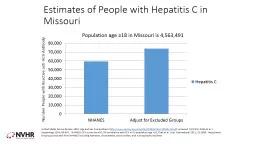
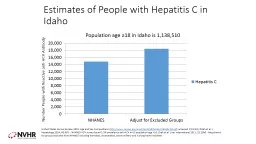
![Treat To Prevent – Millennials, Drugs and Hepatitis C [HCV]](https://thumbs.docslides.com/738712/treat-to-prevent-millennials-drugs-and-hepatitis-c-hcv.jpg)
